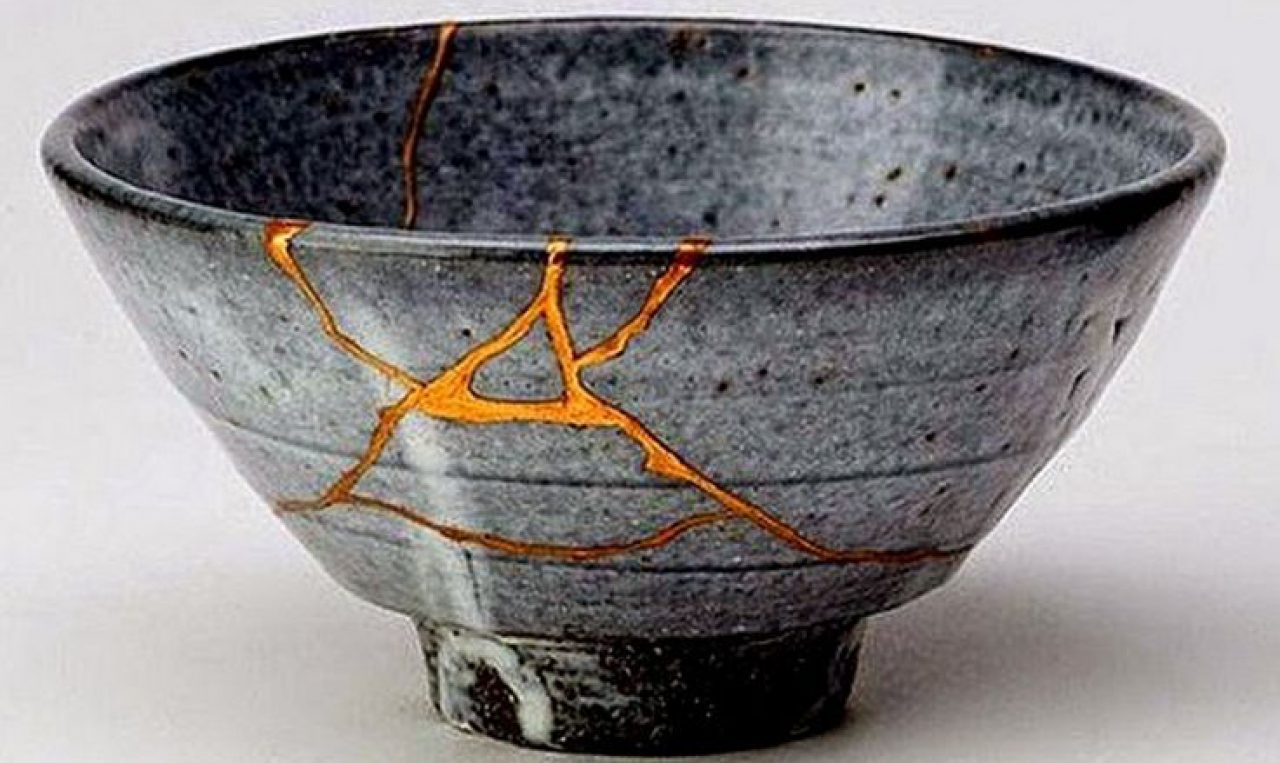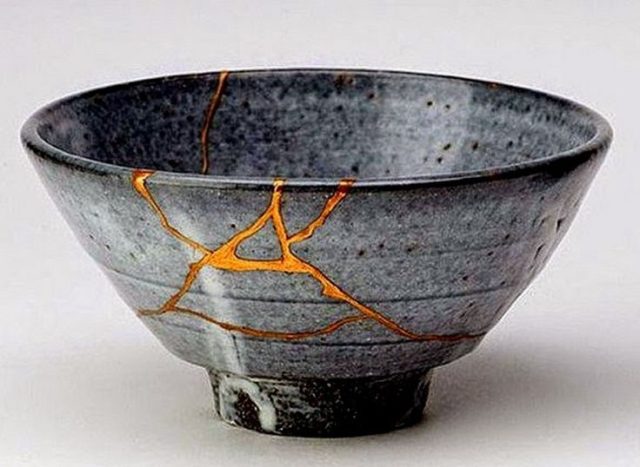Amanda Piccione
After finishing Elizabeth Spelman’s, Repair, I had many conflicting perspectives on how and why we repair. I wondered if repair is a preventative measure on the way to recovery. Does the necessity for repair put people in a cyclic trap? Will repair cause a person to live their life stuck trying to repair what they used to have before disaster struck.
Not everything that breaks can be fixed. The skills we repairing animals have to learn include self-reflexive ones of coming to grips with the limits of those skills and figuring out what to do in the face of the irreparable.
After the attack on the World Trade Center, this nation will never be the same, New York will never be the same, Floral Park will never be the same, families will never be the same and I will never be the same. Although our nation, 15 years later continues to strive, we must ask ourselves have we done enough. In Chapter 6, Spelman discusses the repair of ruins and whether or not they should be repaired. The question raised about these ruins apply to natural cases. Which makes me curious whether or not terrorism is considered to be natural destruction. Is a terrorist a product of “nature”. Are humans inherently evil or does evil develop due to their environments?
Spelman’s book was published 2002 approximately one year after the attacks. At the time there was confusion with what to do with the rubbles at the sight of the attack. Spelman describes the differing opinions held by police men and fire men on what is to do with the rubble. The discussion on what to preserve and what to fix in the book is very minimal. But, we now know what exactly our country did to repair. And the process of repair is still far from over.
The remains of the World Trade Center are preserved, rather than repaired to stand how it once did. The museum pays tribute to the innocent lives lost, and over 10,000 artifacts from that tragic day are displayed within the museum. I believe the museum was the best possible way to acknowledge this atrocity. Instead of attempting repair, the people who worked to build this museum created an environment which connects us to the past, and will not allow us to forget. The artifacts all contribute to the museums emotional power. Things people would consider “garbage” are displayed in this museum. Small eyeglass frames, a burnt firefighters hat, clothes covered in ash and soot from Chelsea Jeans, mangled police cars, fire trucks ambulance, and the large steel columns which once held up these towers are just a few of the artifacts that can leave anyone in the museum speechless. It would be interesting to hear Spelman’s opinion on whether or not the construction of the Freedom Tower and museum were an adequate way to represent this atrocity. Would Spelman believe this was the right way to approach the “idea of repair”?
I have visited the museum multiple times and each time and I am shocked with how much emotion can be felt. The first thing you see is the large picture of the old Twin Towers and then the redesigned Freedom Tower. The juxtaposition of these two photographs is actually quite important because it shows our ability to rebuild our nation. I think it is crucial for all people to go and pay tribute to these victims and connect with families on an empathetical level. Although terrorists are capable of breaking the literal foundations of American society, they cannot break the figurative foundations. The terrorist attacks were no match against our unquestionable sense of spirit. And because of this we will never succumb to an attack against our freedom. Although the opinions of American citizens’ can greatly vary, freedom is one undeniable right that holds the same value nationwide.

 this is a bowl
this is a bowl